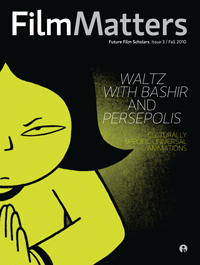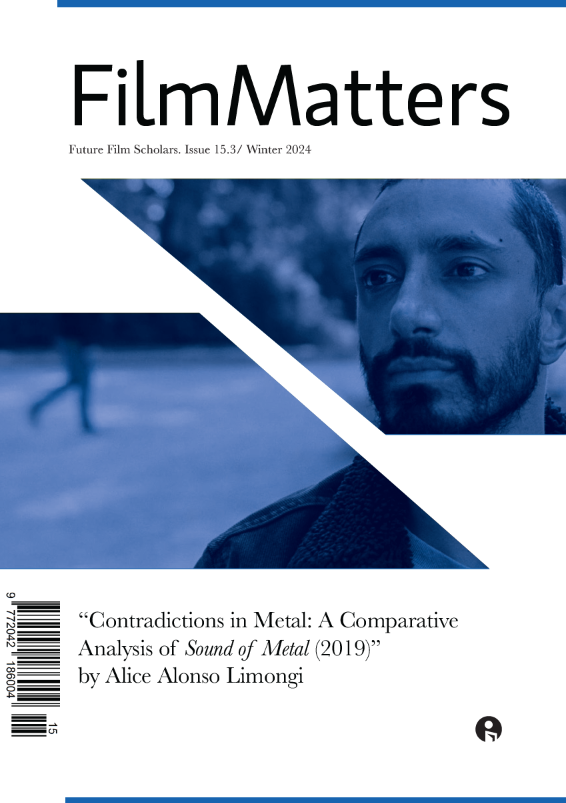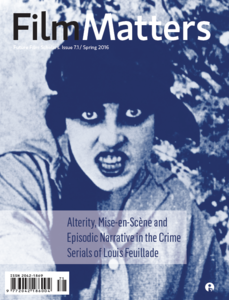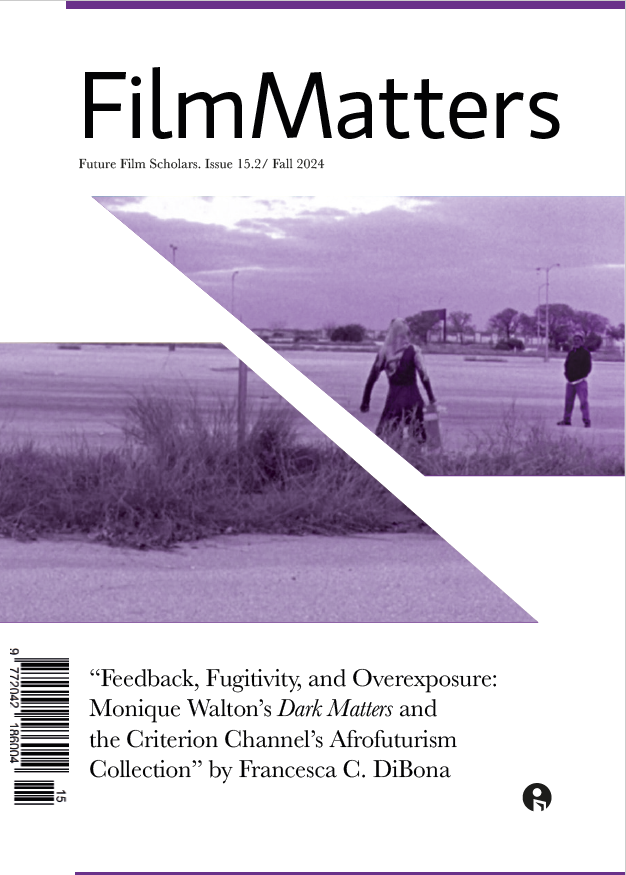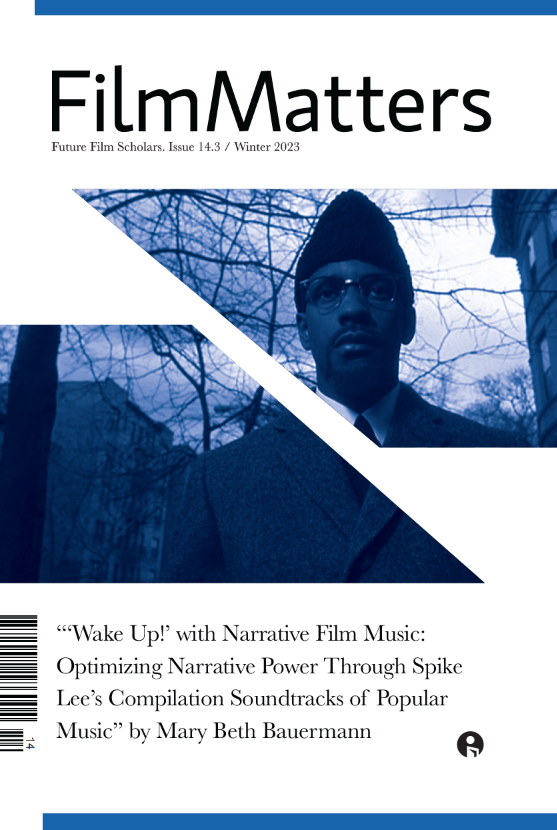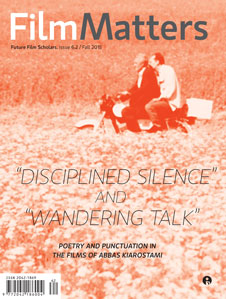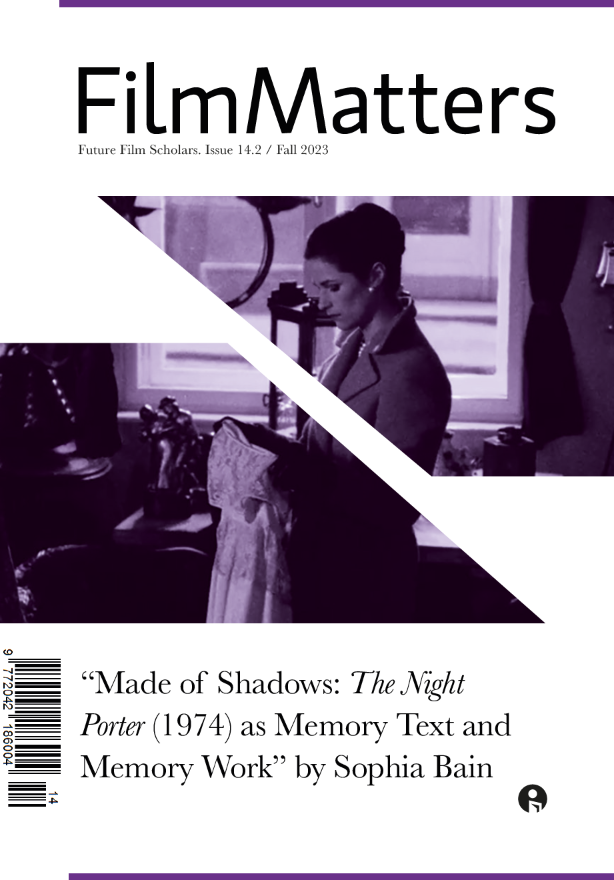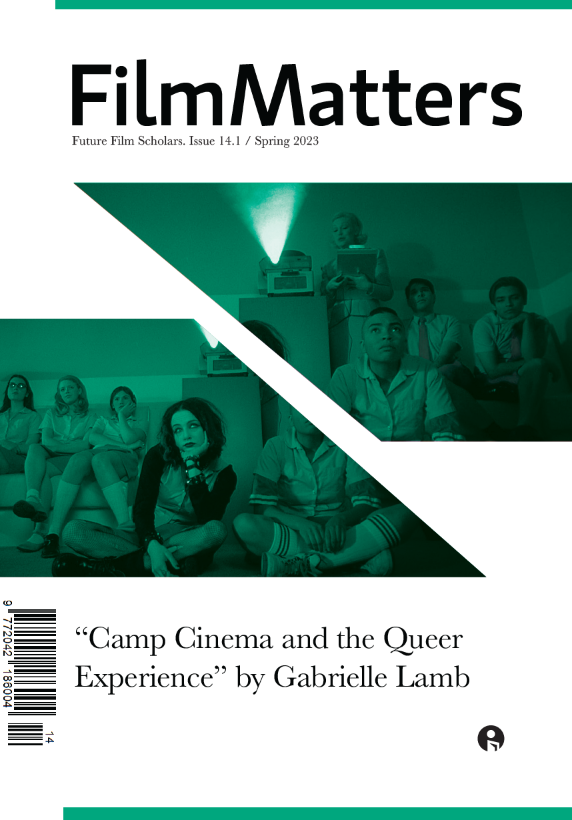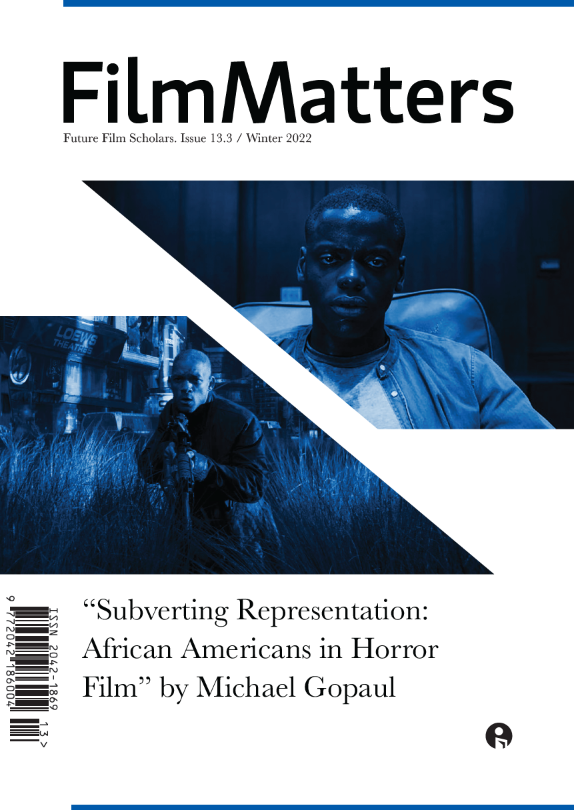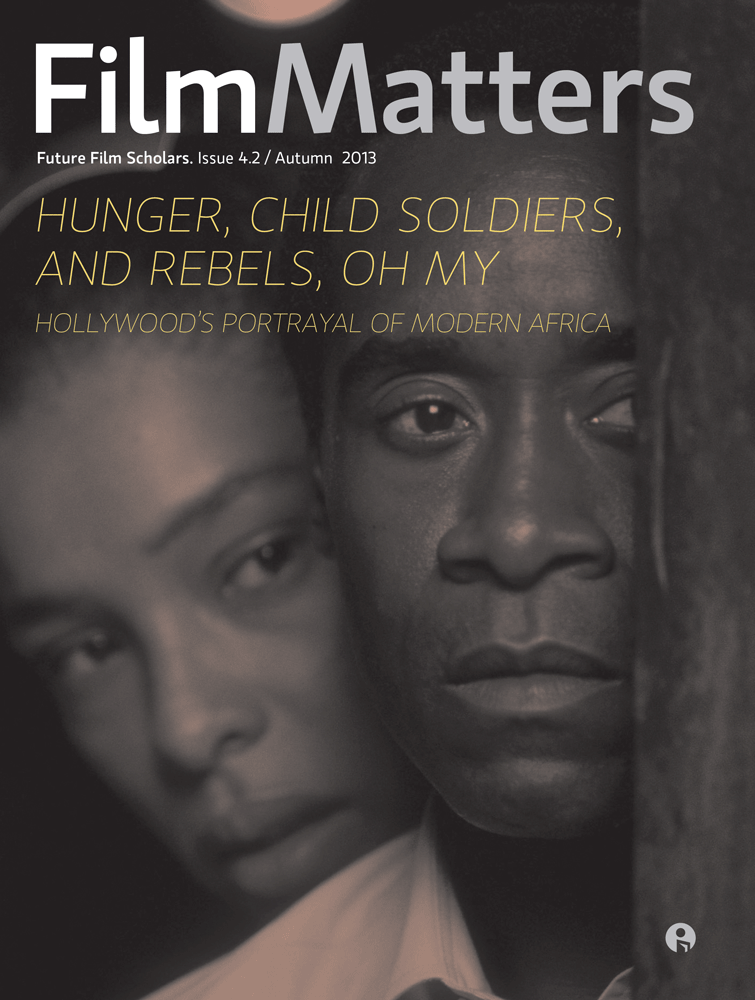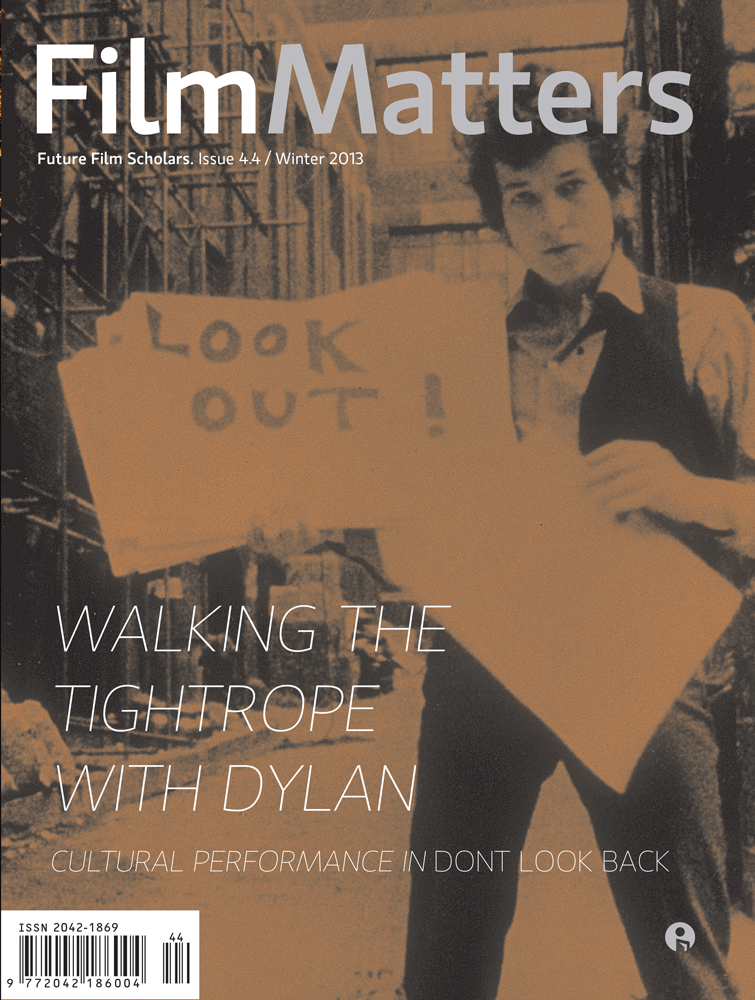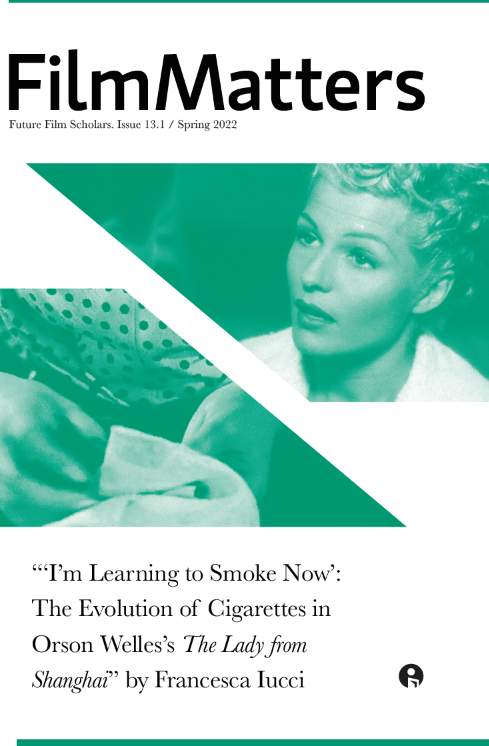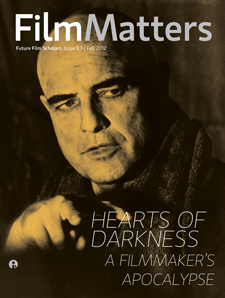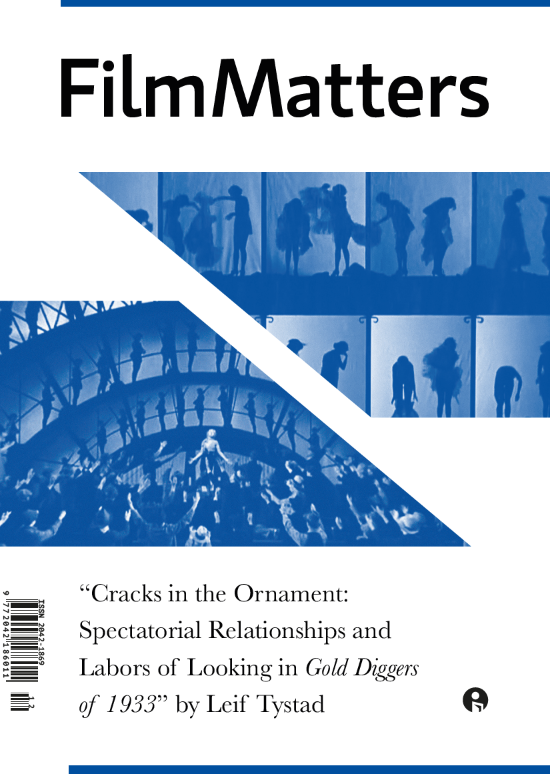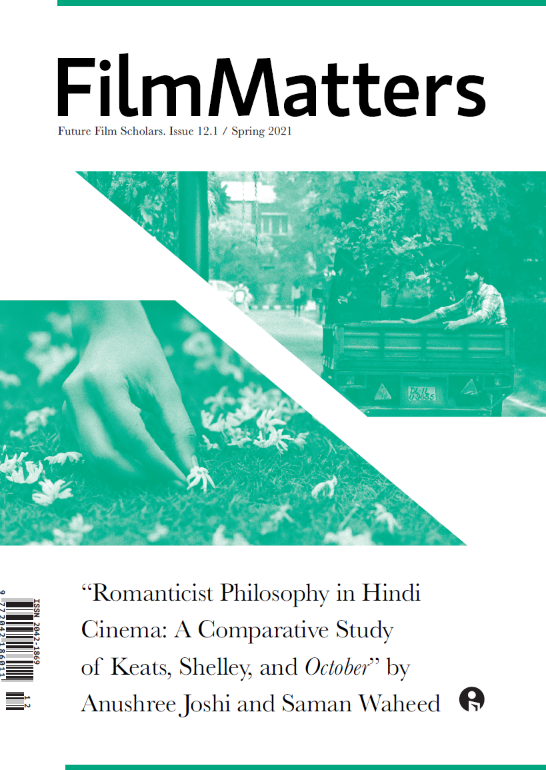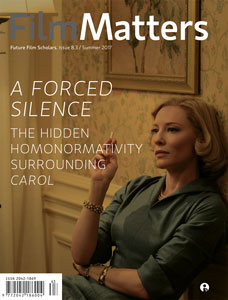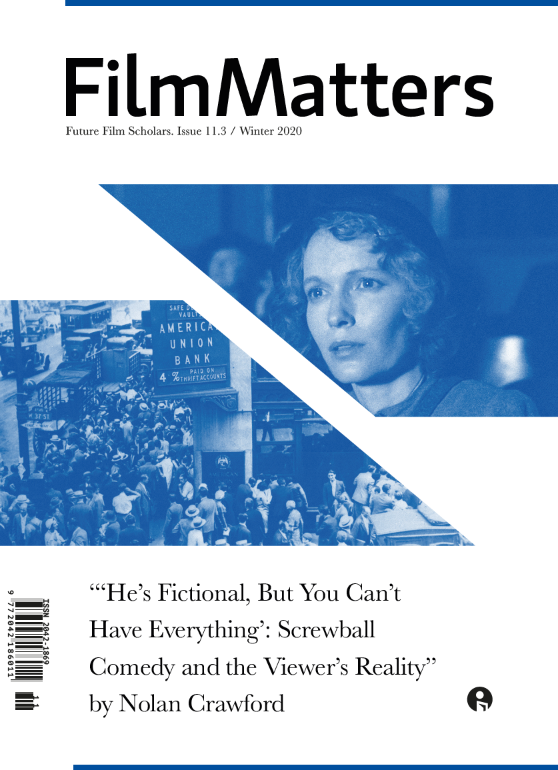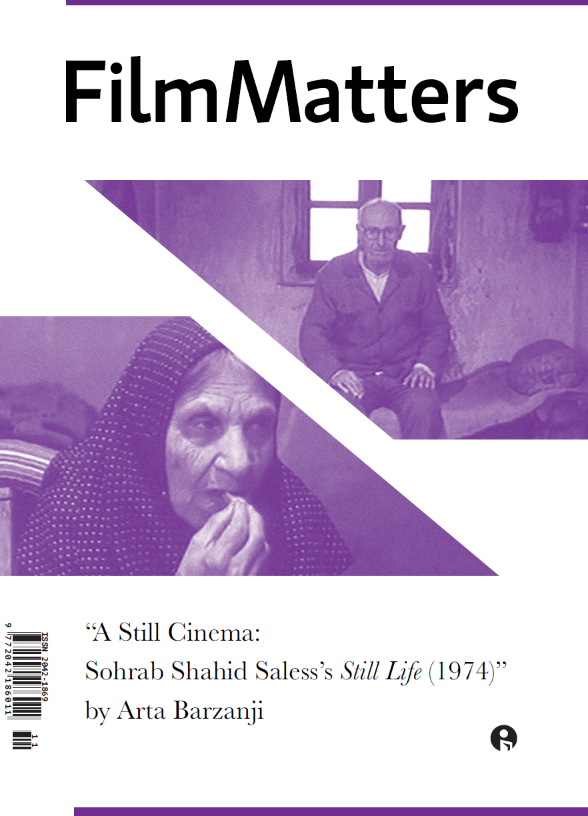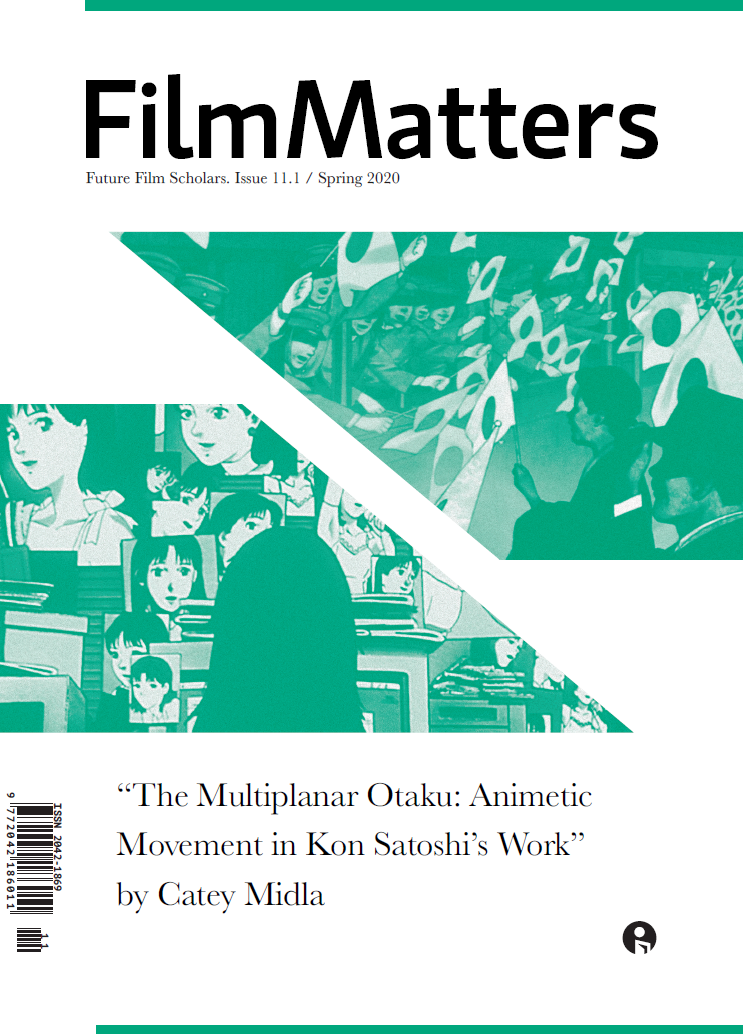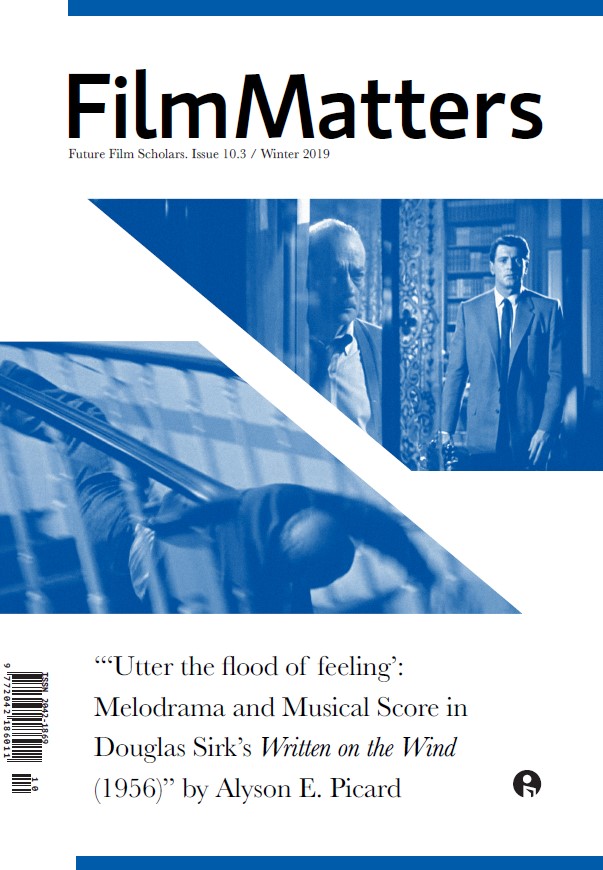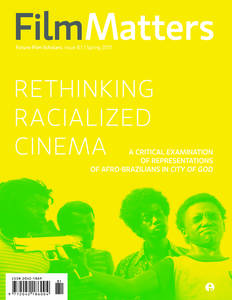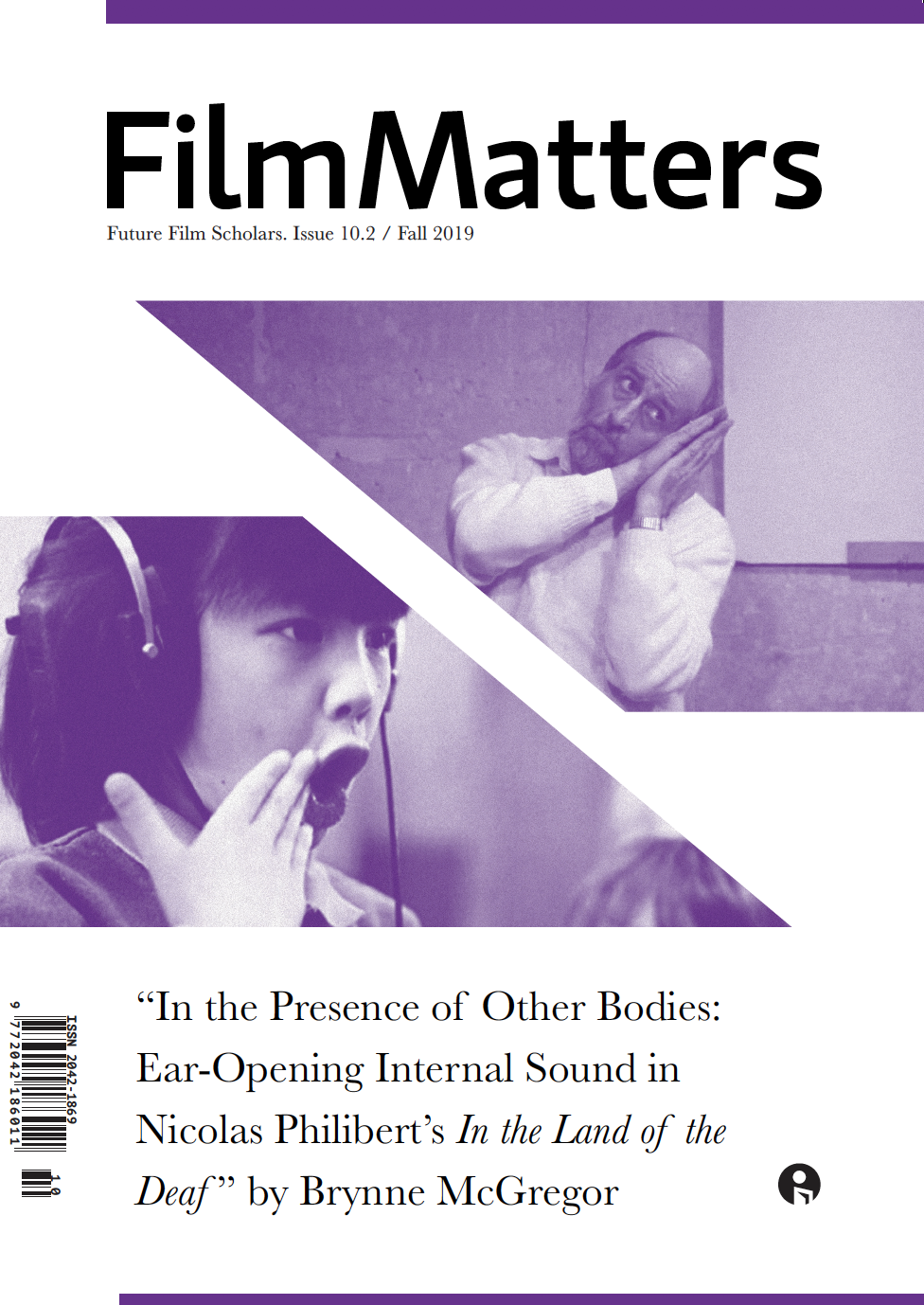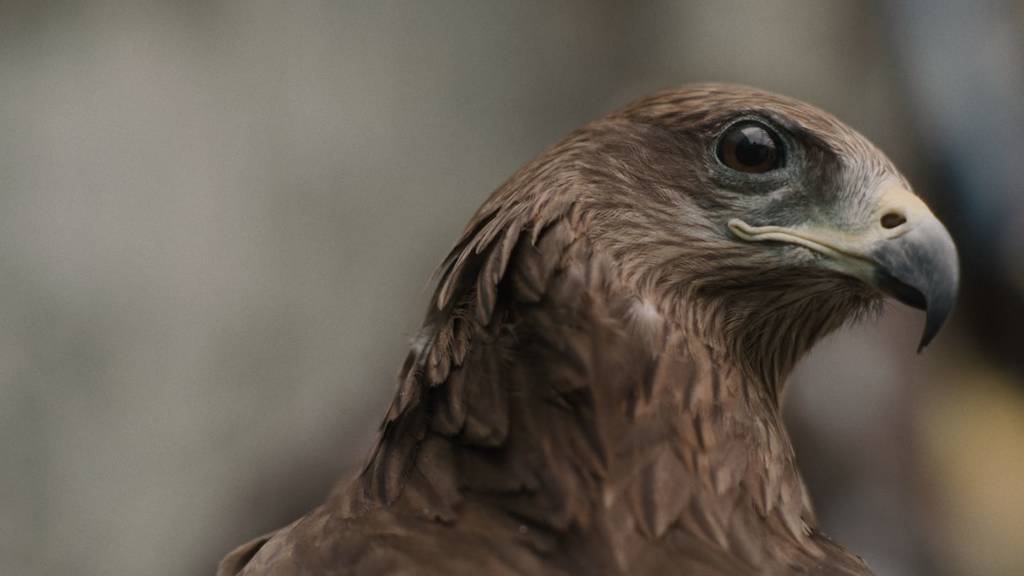
A beautiful bird with a yellow beak cracks open its own egg and starts to eat. In the distance, the bustle and action of a riot starts on the streets. The narration sounds, “cruelty is natural.” It is a war zone in New Delhi, and hope seems bleak. This act of cannibalism only feeds into feelings of a forsaken earth and the hollow sinking feeling that humans are at the root of it. Trash overtakes the city, sewage overflows the streets, and violent protests overwhelm society. One abundantly clear thing is that people are violent, and nature is violent. However, a bright light shines through as two men, despite the conflicts and setbacks, inspire hope for themselves and their legacy.
The documentary, All That Breathes (2022), follows two brothers, Mohammad Saud and Nadeem Shehzad, on their journey to save injured birds in India. While not action-packed, the film effectively portrays the slow-paced environment and simple mission of Mohammad and Nadeem. How do two brothers fall into moonlighting as bird rescuers? It started with obligation. Ahimsa is a Sanskrit word meaning nonviolence. It is a principle in Jainism, Hinduism, and Buddhism. New Delhi is a melting pot of multiple religions, but this principle radiates throughout the city. Nearly twenty years ago, Mohammad and Nadeem found an injured Black Kite, a brown bird that populates the New Delhi air. These birds scavenge muddy trash from the riverbanks in swarms. On a typical day, dozens can be seen circling above Old Delhi. The bird is neither endangered nor particularly attractive and, in New Delhi, is about as unloved as the pigeon. The brothers, wanting to help, brought it to the nearby bird sanctuary established by Jain monks. Upon their arrival, the brothers received bad news. Black Kites are birds of prey, and the principles of Jainism reject the handling of meat on temple grounds; they would not accept the bird. Realizing a hole in the armor of compassion, the brothers decided to patch the gap. With minimal support from the government and constant grant rejection letters, there is an extreme financial burden. Since its inception nearly twenty years ago, the brothers have sacrificed their time and funds for Wildlife Rescue. They split their profits from the family’s liquid soap–dispenser manufacturing business.

The documentary takes place amid political tension and environmental decay. The film heavily emphasizes nature’s fallout via the raw footage of ugly truths. Shots of cows grazing on mounds of trash, insects crawling through puddles, and simple, unforced dialogue submit to the fact that it is not just about saving birds: it is about the conflict humans force on each other and its effect on all that breathes. The film was a little difficult to decipher. It is a film in Hindi and is dominated mostly by long shots of nature around the city. While the focus was on the two brothers, the lack of constant narration left me wondering what the film was truly about. There are multiple avenues through which I can analyze the film. The first is the cute story about a family fighting for something that seems to have fallen through the cracks. The second is the fact that civilization is encroaching on nature, forcing it to adapt to the destruction around it. Finally, the third is the birds are a metaphor for innocent humans being discriminated against while the community suffers.
In my opinion, it must be a combination of all three, on some level. While none is explicitly stated, the analogy to humans and their destruction is strong. I found myself wondering why a dirty puddle was so fascinating. The film advertises that it is about the two brothers starting their wildlife organization; however, I found that it indirectly advertised the political conflicts within the community. A large part of the film catches glimpses of the destruction that New Delhi is facing while focusing on its effects on the animals. I will say the film’s direction was lost on me slightly at times. But my analysis, and what I think the director wanted to say was that humans torture members of the community as well as the animals that live there. Between the dramatic beautiful landscape shots and peaceful evenly paced dialogue, it is clear to see the serious implications of what is going on in India. Sewage floods the streets, rioters burn buildings, and, in turn, birds fall from the sky. The movement of the film can be a bit slow, but overall it is a captivating message.
In addition to being a stunningly poetic representation of nature, All That Breathes reframes why these things should be important to everyone, not just those who are as committed as Nadeem and Mohammad. It’s a movie that recognizes that taking care of everything that life has is more difficult than having good intentions and frequently calls for great dedication and sacrifice.
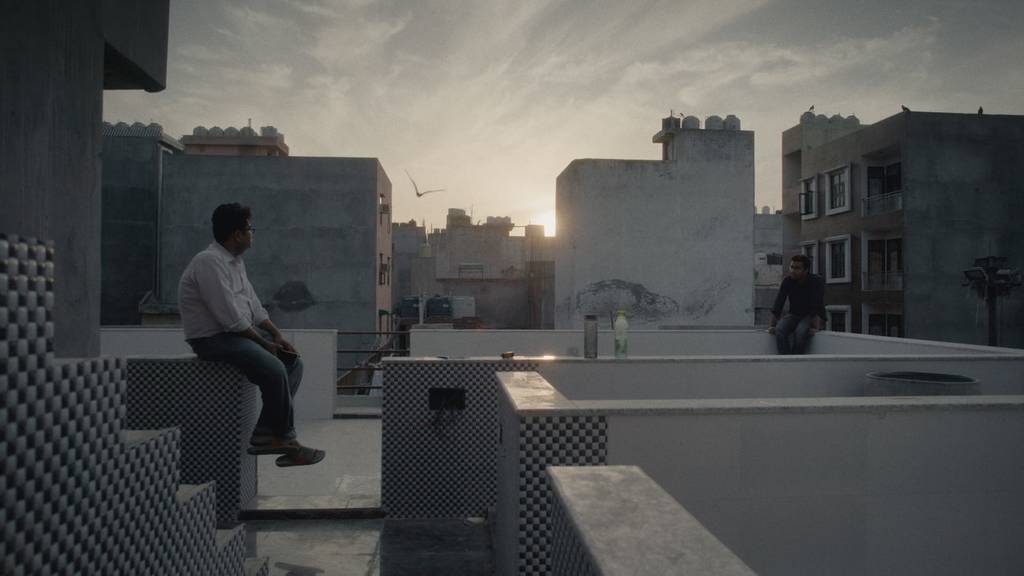
One of Nadeem’s narration lines stuck with me. In response to why he takes care of the birds, he says, “If not us, then nobody’s going to take care of them.” It strikingly reminds me of the common saying attributed to Gandhi, “Be the change you want to see in the world.” The film acknowledges the difficulty of life when a soured community gets in the way. The film inspires me to want to do good even if standing alone. The brothers will not leave, their legacy and passions will remain to help others fly. The ending will leave you strangely optimistic about what is to come, and faith in humanity, because there are people like Mohammad and Nadeem who will continue to fight for nature.
All That Breathes is available from The Criterion Collection.
Author Biography
Ella Rowsey is a Literature, Media, and Communication student at Georgia Institute of
Technology. Her work focuses on science and technology. She plans on working in
marketing post-graduation in 2025.
Film Details
All That Breathes (2022)
UK/India/USA
Director Shaunak Sen
Runtime 98 minutes
Blu-ray
USA, 2024
Distributed by The Criterion Collection (region A/1)

